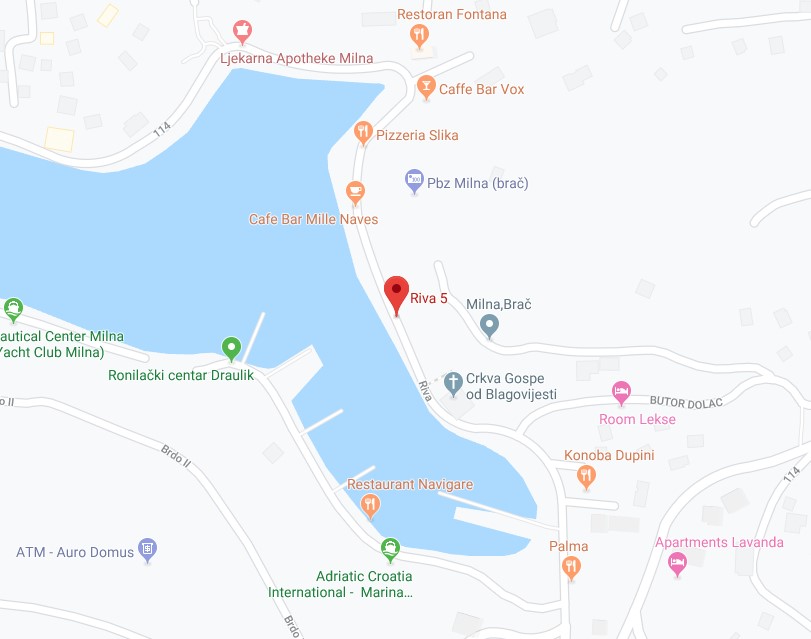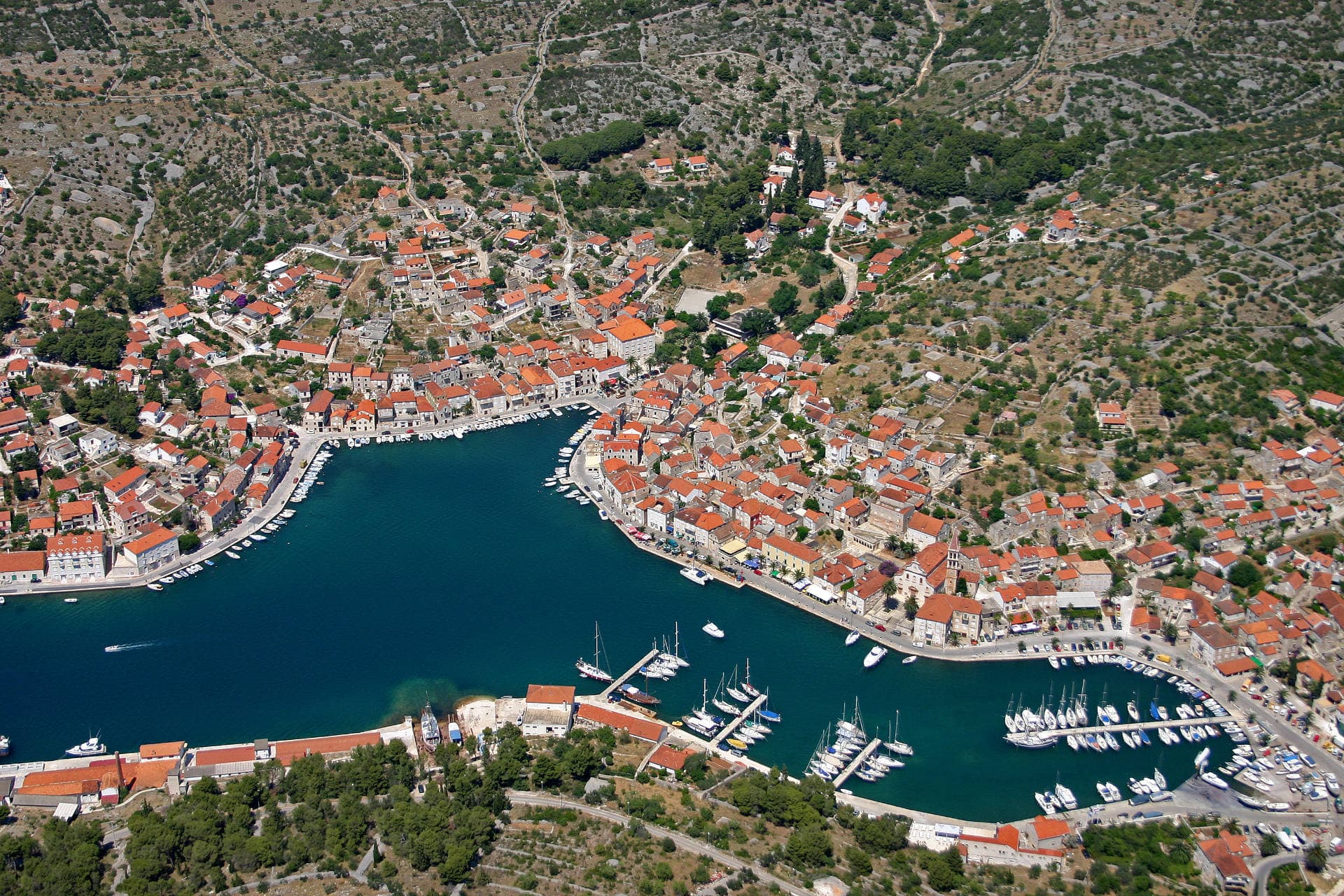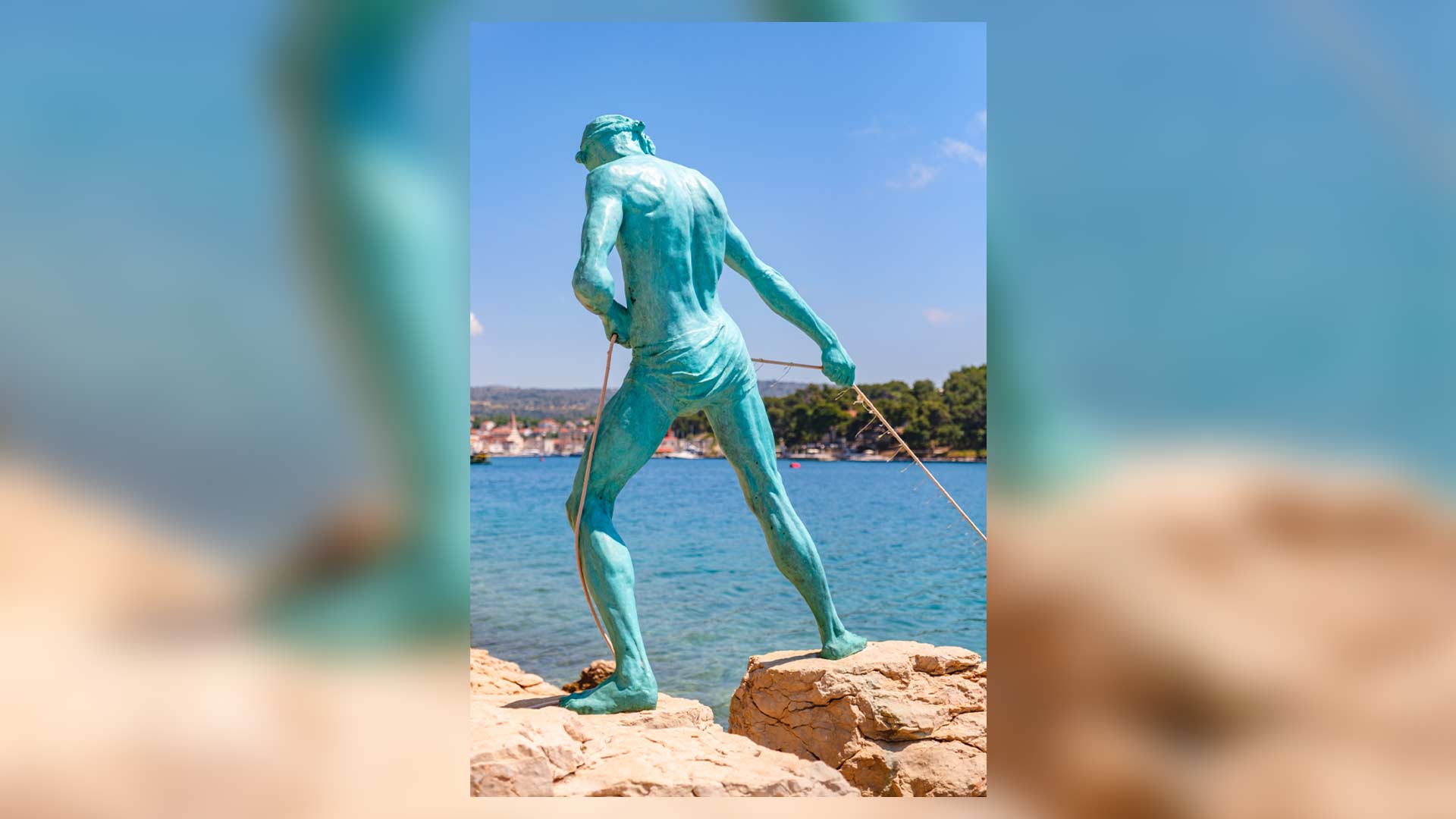
1. FISHERMAN
A large portion of the population of Milna used to live from fishing. It would be hard to find a family in Milna that is not connected to fishing, in one way or another. This statue of a fisherman has been erected to memorialize that way of life and its economic importance for the community.
The Milna bay used be abundant with fish and so the first settlers in the 17 th century naturally turned to fishing, as well as agriculture and livestock farming.
Throughout the 18th and 19th centuries, Milna was the commercial center of the island of Brač, with developed shipping and shipbuilding industries.
Although historical sources have only recorded larger types of ships built in Milna, such as polacre, trabaccolo, brazzera, logger, schooner, brig, stela or cutter, for centuries numerous undocumented smaller ships were built and repaired in the local shipyards. Among these boats are leut, gajeta, laja svičarica, guc, pasara, kajić and gondola. Among them, the largest is the leut, primarily a fishing boat. The people of Milna were ship owners, captains, sailors, shipbuilders, and fishermen. They would row and sail their leut boats to Palagruža, Dubrovnik and Kornati. In 1890, Milna had over 4,500 inhabitants.
By the end of the 19th century, steamships replaced sailing ships; at the beginning of the 20th century phylloxera destroyed the vineyards, and after World War I, nearly half of the population emigrated to the United States of America.
The remaining impoverished inhabitants devoted themselves to fishing, and so Milna became well known on the island of Brač as a prominent fishing village.
Unemployed men went into fishing and women mostly worked at the sardine factory, established in 1908 in Milna by the Mardešić brothers from Komiža.
A self-sustained supply chain of small-scale shipbuilding, fishing and fish-processing was formed. Of greatest importance was sardine fishing, carried out every year during the summer months, under the cover of darkness. Fishing was done with winter and summer trata nets and traps in accordance with the tradition of family paruns (owners of nets and boats). The fishing territories were determined by the Milna brušket and the large Brač-Hvar brušket (lots that grant fishing rights in a certain area). Local fishermen went to fish in the waters of Hvar, Vis, Korčula and Pelješac.. The catch was sold to the Milna sardine factory, at the fishmarket in Split and even at the one in Dubrovnik.
Each crew, led by a parun, consisted of 12 to 14 men. The owners of the ships and the nets were responsible for preparing and maintaining the tools.
In addition to bluefish hunting, there was widespread fishing with winnowing nets for whiting, sardines and similar fish, with encircling net for white fish living in rocky areas, with gill nets called pripošt for lobsters and other crustaceans. Also in use were trawl-lines and traps, as well as a fishing line called kančenica, and in summer it was common to fish with a spear, under a lamp.
There are records of fishermen superstitions, not only in Milna, but also in most fishing villages on Brač. Fishermen believed that there were so called macići – dwarfs with red hats who were known to either help with or hinder fishing efforts. Some fishermen would, therefore, sail out and call out to them,
“Mace, mace, where should we throw the net?”, or, “Maco, maciću, the first fish will go to you, just help us out!” After they caught the first fish, they would throw it on the shore and shout, “Here’s your lunch, maco.” They believed that the first fish should be thrown to macić, and then they would have more luck, catch more fish, because macić would chase the fish towards their nets. There is a tale about a fisherman who became rich thanks to a macić. The tale is called ‘Macić’s treasure from the sea’.

2. CAVE IN VLAŠKA BAY
During the maritime trading period of the 18th century, many fishermen and merchants took refuge in Milna during bad weather. In the bay, there is a cave that was used at that time as a shelter from rain, wind and storms. The Vlaška Bay was visited by the ships of fishermen and merchants, which the local residents called Vlasi, and so the bay got its name Vlaška, after them.
Note that the name Vlasi at that time has little to do with today’s name Vlaji. The name Vlasi, depending on the historical period and territorial area, denoted peoples who spoke a foreign language (very often some form of the Romanian language). It is often used as a collective name for several smaller related ethnic groups from Southeastern Europe, and descendants of Roman colonists and Romanized ancient peoples to whom the cave served as a shelter from rain and storms. Nowadays, the cave is lighted, and in memory of those times old fishing artefacts are displayed: nets, fishing lamp, feral for light, fish trap, ropes, etc.
.
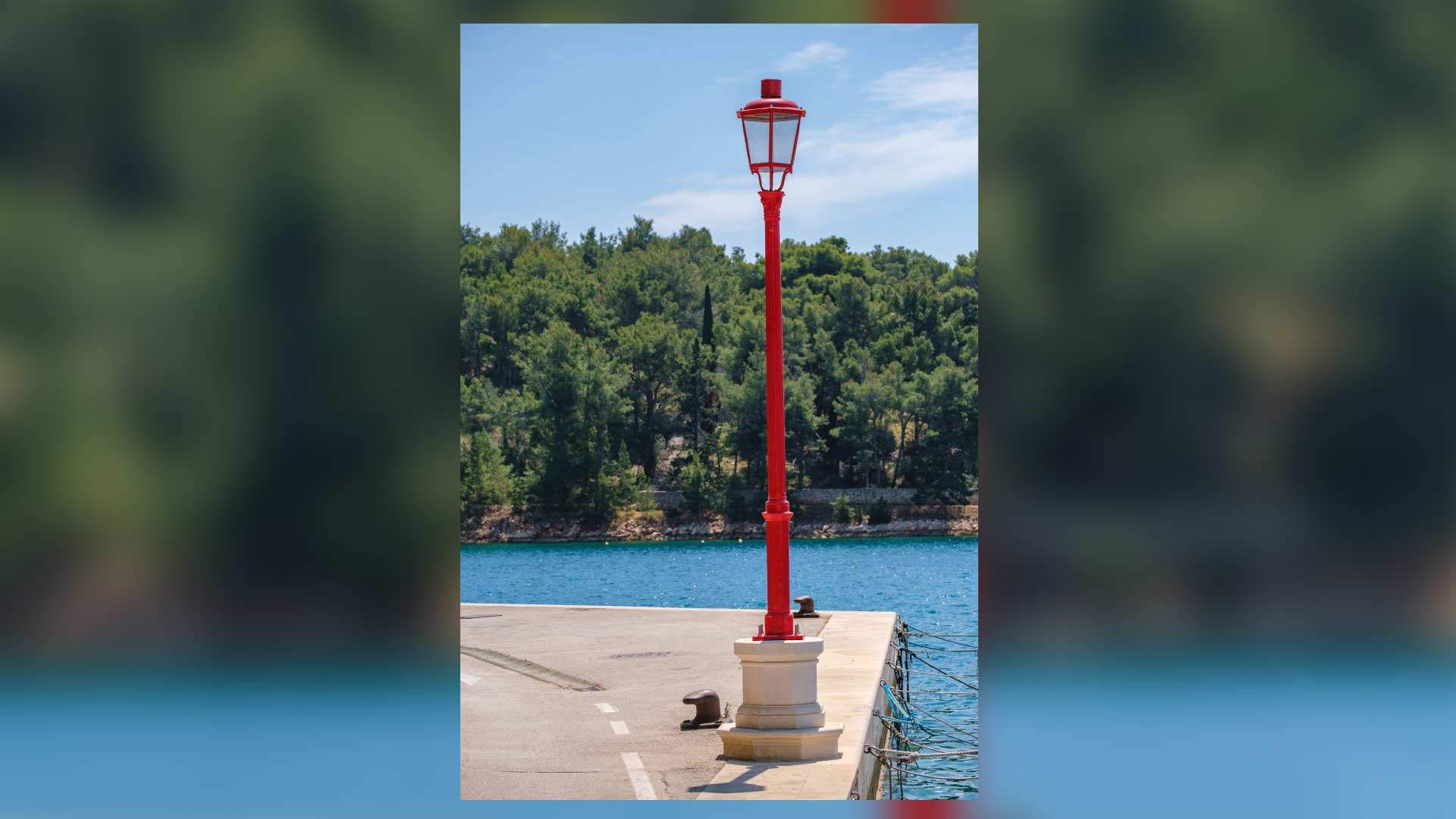
3.OLD LAMP POST
The development of signal lights in maritime traffic is connected with the need to ensure safer navigation and passage along the coast, islands, rocks and reefs. By solving the problem of piracy at the beginning of the XIX. century, the number of ships also increased, and the safety of navigation had to be increased, especially at night and in unfavorable weather conditions.
The lamp post was installed in 1911, where it stood until the arrival of electricity in Milna. It is well known that madam Antula Butorović – Tošo spent her entire life lighting the old lamp post, up until its modernization. Every day she carried a ladder and lamp oil to light it. The old lamp post has been preserved to this day, it has now been restored and a replica of the stone pedestal will be made for it, with the intention to place it by the sea, in the area of Racić, in front of the church of St. Nicholas.
Nowadays, the old lamp post is not in operation, it was replaced by a modern electric street light. The old one remains as a memory of a part of our history and of the dedication to provide refuge in our safe harbor.
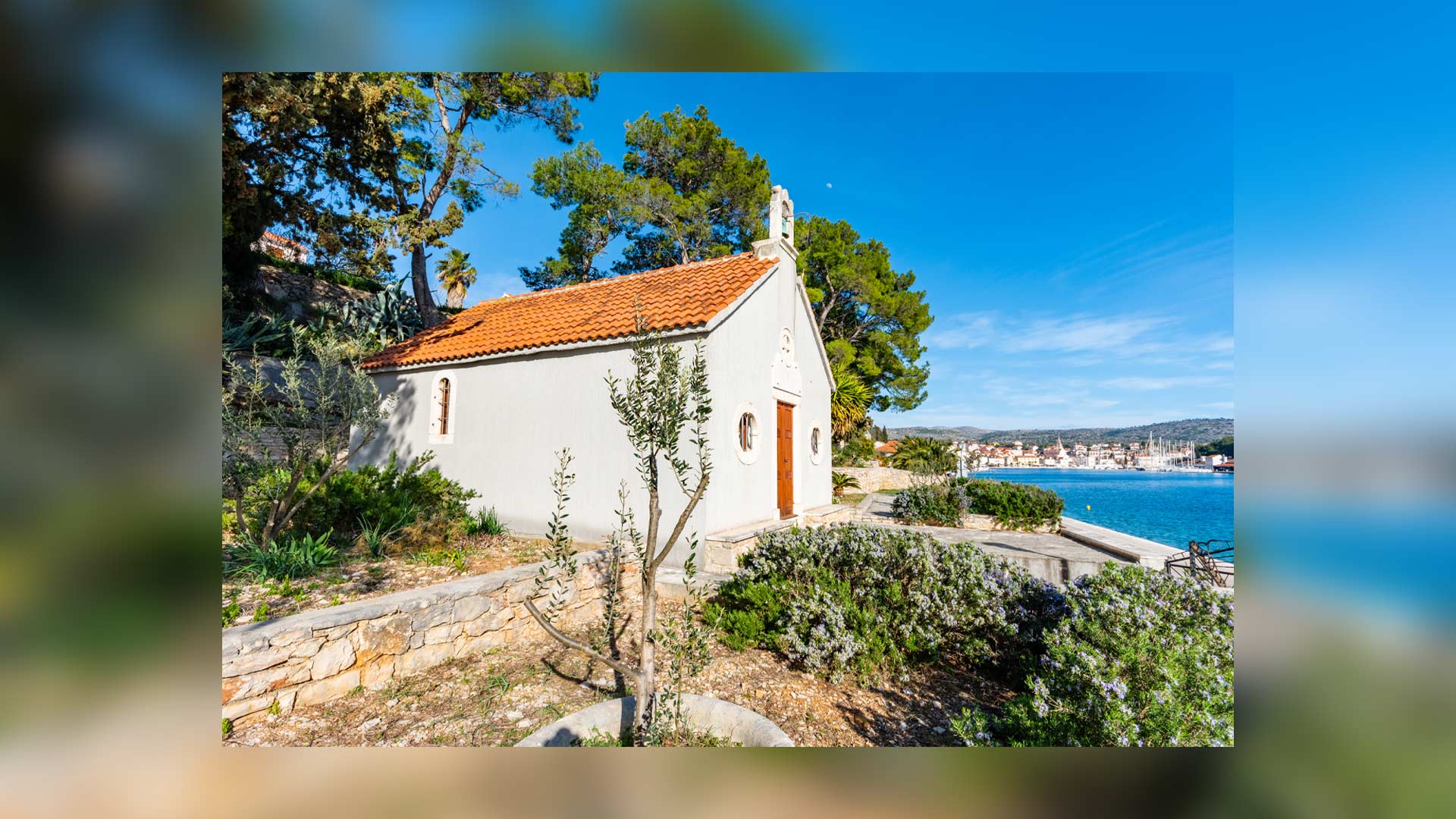
4. ST. NICHOLAS CHURCH
The church of St. Nicholas is located on the lefthand side of the entrance to the Milna harbor.
Saint Nicholas is the patron saint of seamen, therefore this location was the obvious choice so that St. Nicholas would welcome the arriving sailors into this safe harbor, and greet those who were leaving, protecting them with his watchful eye as they sail on the open seas. The Church of St. Nicholas was built as a votive church, as was often the case at that time.
Sailors and fishermen who would experience a big storm, or some other trouble at sea, would make a vow to their patron saints that they would repay them if they survived. And so the story of this church has been passed down for generations, and it starts in the first half of the 19th century, when the Milna fishermen sailed several boats towards Korčula. In front of Korčula, they met local fishermen who asked them to help catch a large school of fish. The catch was good and after dividing the fish among them, our fishermen headed for Dubrovnik to sell it. But soon, on the Korčula side, a fierce row over the dividing of the catch arose between two brothers. It ended in one brother inadvertently killing the other. Blaming the fishermen from Milna, the people of Korčula organized ambushes between Pelješac and Korčula and vowed to kill them. The fishermen of Milna then made a plea to St. Nicholas and vowed that, if they survived this ordeal, they would build him a church in Milna. Having reached Dubrovnik, they then headed to the bay of Ston, moved their boats and nets over land and happily sailed back home. In 1844, after years of persuading by the then bishop, the church was built by Arne Harašić, son of Jeronim, to his joy and for the spiritual needs of the locals. He spent more than 600 forints for the construction. The Florentine and Hungarian forint that was in use in the Croatian-Hungarian Kingdom weighed 3.53 g and contained 24 karat gold. Around the church he added a vineyard and an olive grove worth 100 pounds.
The Feast of St. Nicholas, December 6th, is a day especially honored by the seamen of Milna.
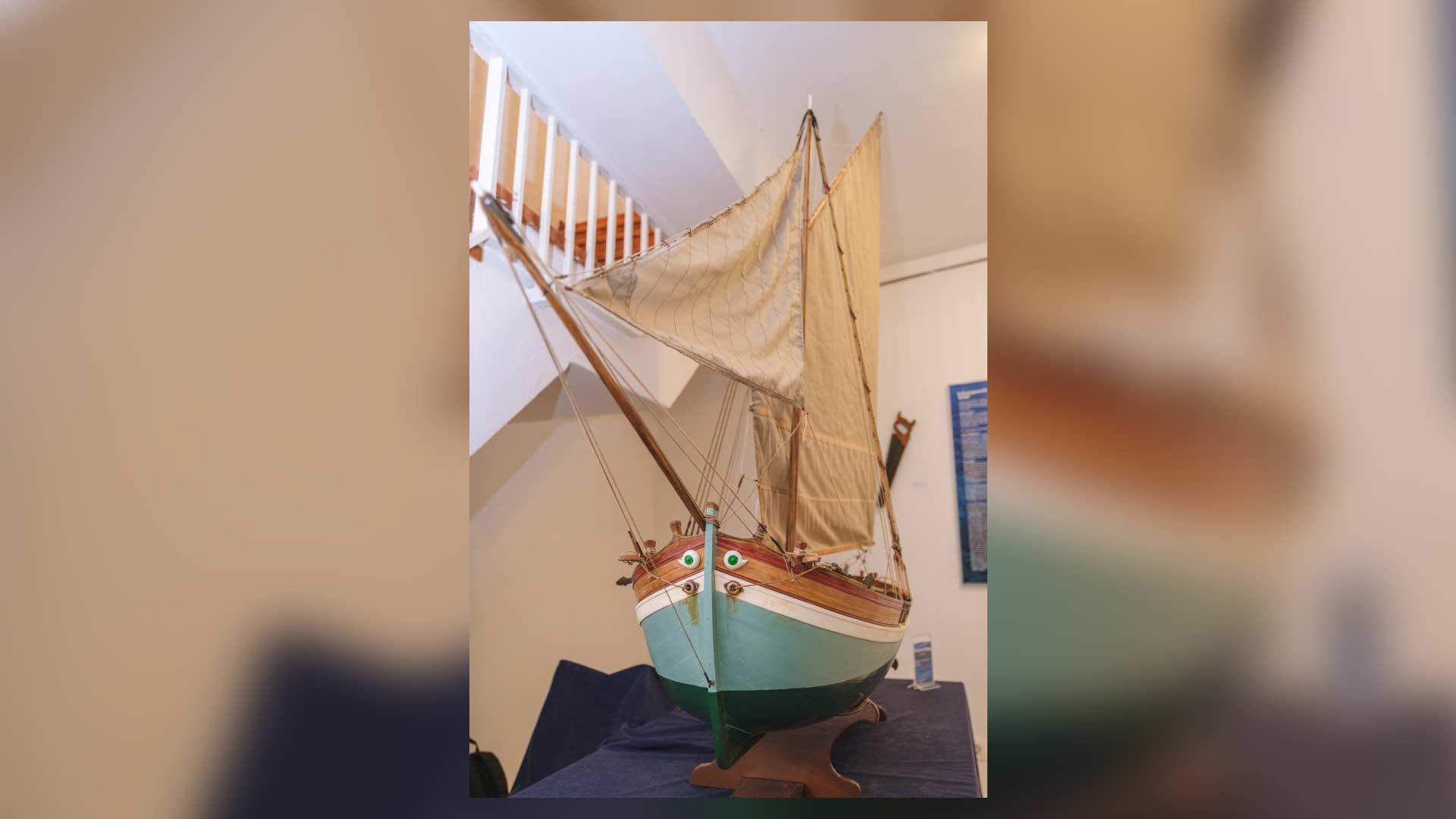
5. BRAZZERA
Brazzera is a Central Dalmatian coastal cargo sailing vessel, dating from the 17th century. It is believed that the brazzera prototype was created by the skilled hands of Milna boat makers on the island of Brač. There are two theories on how this ship got its name. The first has to do with the Italian word “Brazza” which means a woman from Brač. And the second, which also originates from Italian and the saying “forza di braccia”, has to do with the fact that the first boats were rowed, i.e. sailed by muscle power.
The ship’s hull has a rounded bottom and sides. The deck spreads over the entire length of the ship. The ship has a small draft and a large rudder that reaches deep below the keel, which reduces the risk of drifting. Its length is 8-17 meters, and its load capacity is 10-20 tons. The relatively small brazzera was best suited for the conditions of smaller sea areas found among our many islands.
In the 19th and 20th centuries brazzera was one of the most common sailing ships for small-scale coastal navigation on the Adriatic. There were various types: the Dalmatian brazzera, Istrian, Piran, Koper and Kotor brazzera. Smaller brazzeras were 7-12 m long and 10-40 t capacity, and larger ones 15-17 m long and 50-70 t capacity, and had five to ten crew members.
The Dalmatian brazzera is a single-masted sailing ship with a deck along the entire length of the ship and a bowsprit that rises high above the stem, curved towards the stern. A small deckhouse with a wheelhouse is located on the stern.
This is a replica of the brazzera in scale (size): 1:10, and it bears the name Milna.

6. THE BLACA HOUSE
The Blaca hermitage (monastery) was founded in the 16th century by Glagolitic priests from Poljica who fled from the Ottomans and arrived on the island of Brač. Through their hard work, sacrifice and dedication, the Blaca inhabitants grew their land and eventually owned a large property, including agricultural land, merchant ships, a large library, a printing press…
Since the bay near Blaca was not a suitable port, the priests of Blaca built a house and warehouses in Milna. From there they traded and sailed all over the Mediterranean. The house can still be found at the northern end of the harbor, on the seafront promenade that was named after them – the Blaca Riva.Throughout the 18th century, the economy of the Blaca monastery was thriving, so much so that the Blaca monks acquired two large ships and hired captain Nikolorović of Bol to command them.
The Blaca house in Milna, in addition to playing an important role in the economic growth of the Blaca hermitage, until recently also served as a testament to the great courage and ability of Captain Nikolorić.
The English responded to the establishment of the Illyrian provinces with piracy and robbery attacks. On December 8, 1809, a naval battle took place in the port of Split between the merchant ship from Brač, a polacre named Beautiful Passenger (Lijepa putnica) with twelve guns, and the English frigate Amphion accompanied by four ships.
If we were to compare fighting power, it was a David and Goliath battle. The battle lasted two and a half hours, and the young captain Nikolorić managed to win and break through the English blockade with skillful maneuvers and precise aiming. The battle is described in the chronicles of the Blaca hermitage, and the only proof of the victory won in that impossible mission are the letter of thanks from the French governor, kept in the private family archive of Nikolorić’s heirs, and the figurehead from the bow of the polacre. Until recently, the figurehead was kept in the Blaca house in Milna and nowadays it can be found in the Museum of the Island of Brač in Škrip.

7. BABAROVIĆ HOUSE
The Babarović family had a significant influence on the development of shipping in Milna. From the 18th century to the end of the Second World War, the surname Babarović consistently runs through the Milna history of shipping.They were a family of ship owners and captains who, along with several other families, left a significant mark on Milna’s maritime heritage.
In the Venetian archives, which occasionally record very detailed information about the ships, their owners, the crew and the cargo they carried, the names of the sailing ships are given in Italian. And so, in the 18th century the trabaccolo of Maddona del Rosario, e S. Antonio di Padova (Our Lady of Rosary and St. Anthony of Padua) by Baron Nadal Babarović; trabaccolo Maddona dei Carmini e s. Giussepe (Our Lady of Carmen and St. Joseph) are mentioned, whose owners are the brothers Nadal and Frane Babarović; as well as brigantine La Madonna Annuziata e I’Angelo Raffaelle (Our Lady of the Annunciation and the Angel Raphael), whose owners were also the Babarović family.
In the archives of the Venetian ports, even the cargoes that the sailing ships transported (resin for ships, fir wood, coal, etc.) are mentioned, and it is certain that the Milna sailing ships of both the Babarović’s and other ship-owning families of Milna, traveled and traded the Mediterranean and played their role in the Venetian trade of that time.
In the 19th century, the barque Teresina takes a special place in the history of shipping in Milna, as the largest sailing vessel built in its shipyards. It boasted load capacity of 307 tons, with 11 crew members, equipped with 4 guns and registered as a long-range sailing vessel, owned by captain Mate Babarović.
Trade along the Adriatic and the Mediterranean seas also meant economic growth, so it was in the 18th and 19th centuries that the large two-story houses of the Milna ship owners and captains were built. These stone beauties still stand impressively in Milna today, and one of them is the house of the Babarović family, built in 1843. The house of the Babarović family was used as lodging for travelers who did not want to stay on ships overnight, so it can be considered the first hotel of sorts in Milna.
During its construction, the locals were unhappy with the fact that the house was big and that it obstructed the view of the parish church. They cursed the house saying, “May God strike it down, may He burn it down!”. The house survived for many years, until 2008 when there was a fire and the “Haunted House” burned down.
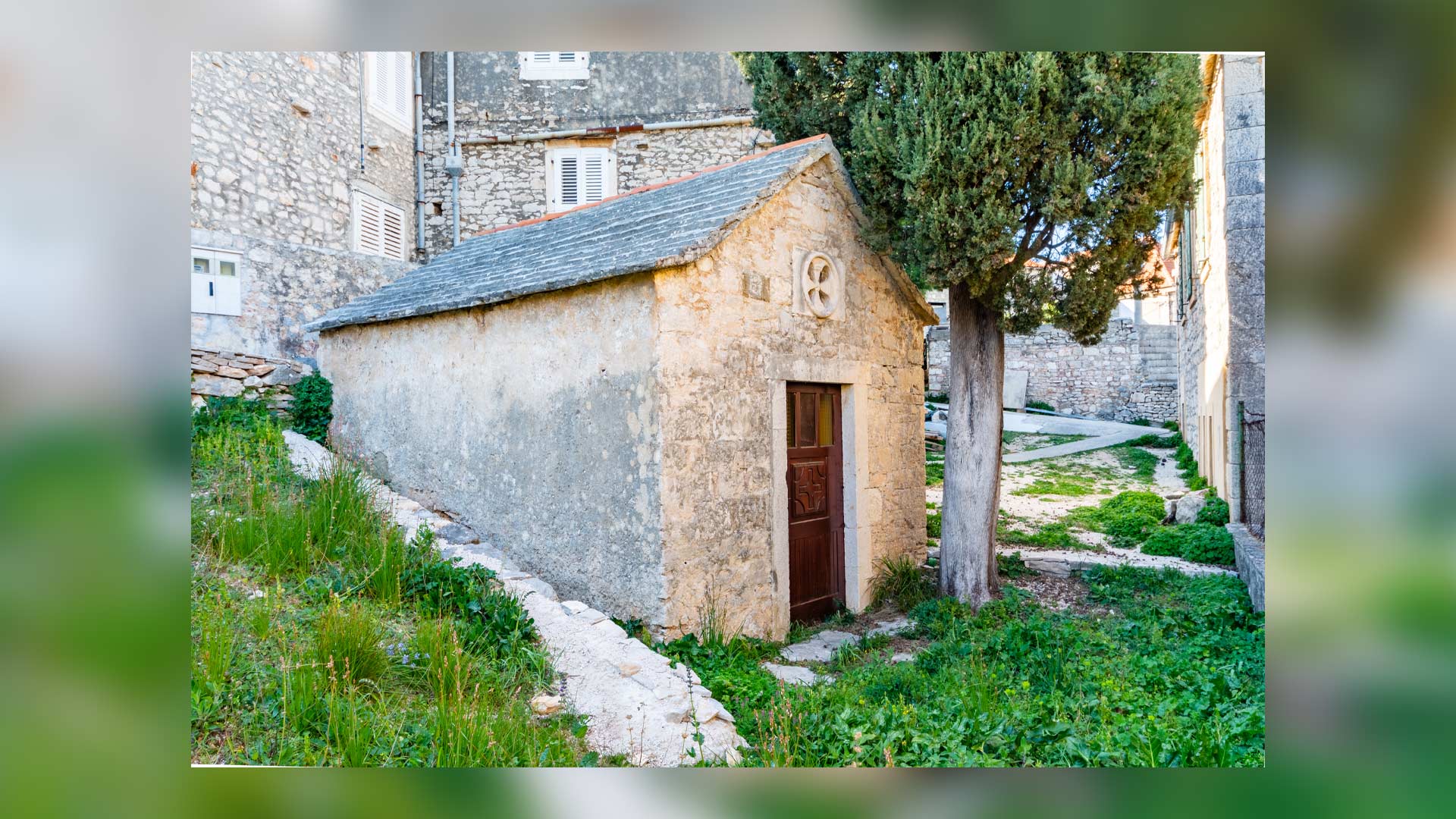
8. ST. JEROME CHURCH
At the bottom of the Milna bay in the area called Pantera, where there used to be a slipway and a shipyard owned by Mate Bonačić Protija, son of Prošper, today there is the church of St. Jerome, patron saint of Dalmatia, students and teachers. In 1860, with the permission of the archbishop at the time, his son Jere had a small church built on the land called Banjić, in honor of his patron saint Jerome. It was his legacy to the local church. On the altar was a painting on wood, which unfortunately has not been preserved. Two pieces featuring St. Peter and St. Paul remain, and are stored in the sacristy of the parish church. These days, services are no longer held in the church, apart from a special one on the feast of St. Jerome, September 30th.

9. THE OLD BONAČIĆ PROTTI SHIPYARD
The shipyard opened in 1750 in the area called Pantera and later expanded to where nowadays the ACI marina is located. Aside from wealthy Milna families, ships were also being built for owners from all over the eastern Adriatic, especially Central and Southern Dalmatia. The ships varied in load capacity and mast size (Brazzera, Trabaccolo, Logger, Schooner, Stela, Kuzer, Leut, Laja Svičarica, Guc, Kajići, Gondola). When a ship was built, the priest was called to bless it, and then festivities were held. The ship was decorated, a flag was put on it, and a wreath was placed on the bow and stern. A bottle of “prošek” dessert wine was ceremoniously broken over the bow and the ship was thereby christened. Then they would drop it into the water, and after that a feast was held at the shipyard.
Nowadays, when you meet an old boat builder on the seafront promenade, he may stop to tell you stories about the glorious age of the Milna shipyard, with a bit of melancholy and full of heart.

10. THE OLD DORIĆ SHIPYARD
In 1775, in the Vlaška bay, the small workshop of brothers Dorić (or, Bonačić Dorić, according to some sources) developed into a shipyard. Until recently, you could see the remains of a winch in the bay, which in its prime pulled hundreds of ships out of the water, aching to be repaired, and it returned to the sea real beauties worthy of admiration. The shipyard has been relocated to the Brdo area, to the location where the small shipyard Peruzović used to be. From this old shipyard, owned by the two brothers B. Dorić, on June 26th, 1961, under the auspices of the then Milna Agricultural Cooperative, the Milna shipyard was established, in the area of Brdo, where the “Sardina” factory was located at the time, and where today the Kanarija marina is located. In the mid-1970s, due to limited resources, only smaller boats were being built in the shipyard. On the other hand, the ship repair business was growing. Milna then became one of the main centers of overhaul of wooden ships on the Adriatic. Milna’s boat builders were being entrusted with complex reconstructions of wooden ships. They also produced large quantities of oars used on most boats around the Adriatic.

